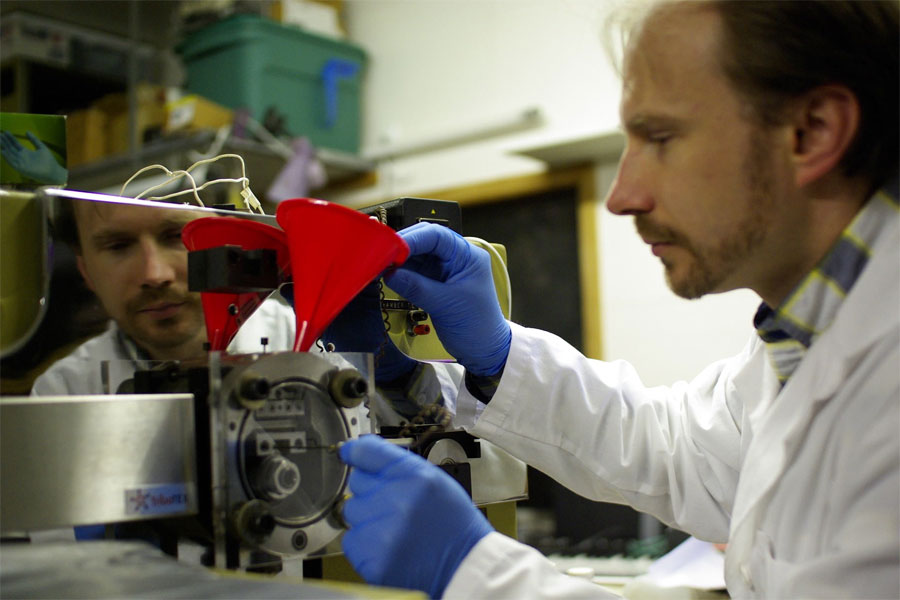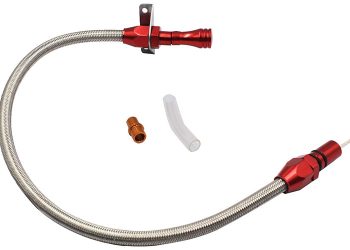Do you ever find scratches or paint chips on your car? It happens quite often, and you can never tell how or when it happened. These affected areas can seriously spoil the look of your ride, but they’re just not significant enough to justify a visit to the dealer or a paint shop.
Getting your car painted can be an expensive and time-consuming process. This process is just not worth it, considering that the damage to your vehicle is minor. In this situation, applying touch up paint to your car yourself becomes the best option.
You can save a considerable amount of money on this in the long term. Just think about it, you’ll get better at this over time. The things you need to buy are much cheaper than going to the shop. Some of the objects, such as brushes, can even be reused.
Furthermore, you will be saving plenty of time by applying touch up paint to your car yourself. This process will require very little time each day over a few days. If you live far away from a paint shop, this is even more of an advantage.
This process is very similar to what they do at the paint shop. You will be following similar steps, which include cleaning, applying primer, and finishing up after you’ve applied the paint. The main difference is that you’ll be doing this for affected areas only, rather than the whole car.
However, this task can seem somewhat daunting, especially if you’ve never done it before. This article provides a full guide consisting of just five main steps that you can easily follow to learn this handy skill.
Finding the Right Paint Color
The first thing to do before you can even get to work is to buy the right paint color for your car. Keep in mind that the paint has to match the color of your car exactly! Even a slight difference in color between the affected parts and the rest of the body can become visible and offset the look of the vehicle.
There are better ways to make sure that you buy the right color than to compare the paint to your car visually. The best way is to find the color code of your car color so that you can buy the same one.
Look around your car to find the color code. Some good places to look would be the glovebox, door jamb, or the right windshield next to the VIN.
If you are the first owner of your car, you would most likely know the color option for which you opted. You can contact your dealer to check if it is available. Otherwise, you can bring your color code to the shop. However, make no exceptions when it comes to the color. It should not be lighter or darker than the color of your car.
1. Preparation
Wash your whole car or just the affected areas. There must be no dust or debris present, or else there is a risk of it getting into the new paint. You must also properly dry the car as paint does not adhere well to wet surfaces.
Now, you must remove any rust from the affected areas. Having a rusted surface can cause corrosion to develop under the paint. If you have paint peeling off with exposed rust, pick away the flaking paint.
You can use a tool such as a screwdriver or a putty knife for this. Then use a low grit (about 150) sandpaper to sand off the exposed rust. You may use a spot-sanding tool to remove rust from larger paint chips and scratches.
Next, apply a grease and wax remover to these areas. You can do this with a cloth. This step is for removing the wax that is often on the car’s surface. Doing so will provide a better surface for the touch-up paint to stick. You can then use sandpaper (220 grit) to create a suitable surface for the primer that you will apply in the next step.
After doing the above, wash these areas once again and allow them to dry thoroughly.
2. Applying the Primer
Important note before you proceed: applying a primer is not necessary for shallow cuts. For deeper cuts and scratches, however, the use of a primer is essential. Not only does it make the metal surface rust-resistant, but it also provides a good surface for the paint to stay on.
Before you apply the primer, you may use a rust inhibitor. Although you have removed the rust from affected areas already, a rust resistor will prevent any rust from the surrounding areas to spread into these areas.
You have to be careful when applying the primer. You may use a simple matchstick as a tiny amount of primer is usually required to get the job done.
However, a small brush can also be used. The key is to apply a tiny amount precisely within the affected area. If you accidentally apply it to the surroundings, make sure to wipe it off quickly.
Give the primer some time to dry before going forward with the next step.
3. Applying the Paint
First, shake the paint bottle thoroughly. Do this to make sure that the metallic flakes are floating in the touch-up paint. It’s best to test the paint on a hidden area of the car before using it on the affected areas. This will allow you to confirm that the color is correct. Make sure to properly clean that surface too, as you don’t want to dirty the brush.
Apply paint to the affected areas using a small brush. Apply a single drop at a time and spread it in the entirety of the area. This technique will prevent the runoff of paint droplets onto the surrounding parts of the car.
Moreover, it is best to apply paint in several layers instead of one thick coating. After applying a coat, leave it to dry for at least 30 minutes.
If there are instructions on the bottle or from the manufacturer about drying time between layers, then follow those, but 30 minutes is a bare minimum. Soak the brush in the solvent recommended by the manufacturer while the paint is drying.
For tiny paint chips, use an even smaller object like a micro applicator to apply the paint. Follow the same instructions here as well; apply several thin layers instead of one thick layer. For very thin scratches, you can even use a syringe and steadily inject touch up paint through it while moving the needle along the length of the scratch.
After applying all the layers of paint (about 2-3), leave the vehicle for at least one day. Leaving it for several days will allow everything to dry completely.
4. Finishing
If you have applied several layers of paint as suggested, the areas you painted are likely elevated compared to the rest of the surface of the car. Use sandpaper (about 1000 gritting) to sand off the areas gently.
Use different pieces of sandpaper of higher gritting to obtain a smooth surface that’s level with the rest of the car and is also suitable for applying a clear coat. Wipe off any dust that has appeared due to this process.
Use a small brush to apply the clear coat. Again, it is preferred to apply several layers of clear coat instead of one thick layer. However, if the clear coat manufacturer suggests that one layer is enough, then it would be unnecessary to apply more.
You may use the high gritting sandpaper again for a smoother look. Finally, wipe the surface and apply wax. You may also use polish to give the affected areas a truly dazzling look.
You can follow these simple steps to quickly and adequately apply touch-up paint to your car. Doing so will get rid of those scratches and chips that can be horrible to look at and restore the aesthetic appeal of your ride.














